Tristan und Isolde ★★★★1/2 (Metropolitan Opera)
‘Throughout the whole duration of the Festival, food forms the chief interest of the public; the artistic representations take a secondary place. Cutlets, baked potatoes, omelettes – all are discussed much more eagerly than Wagner’s music.’
It was hard not to think of Tchaikovsky’s words, written during the first Bayreuth Festival (1876), at the opening night of the Metropolitan Opera’s 2016–17 season. Arts Update, selfless as ever, had gone ahead of the ABR US tour party, still rusticating in New Haven, for the American première of Mariusz Treliński’s production of Wagner’s Tristan und Isolde, conducted by Simon Rattle. Instead of cutlets and omelettes, picture long-trained gowns and copious bling. Despite the queasy lure of the first Clinton–Trump debate, all of New York seemed to have turned out in a gaudy re-enactment of the opening scene of Martin Scorsese’s film The Age of Innocence.
Continue reading for only $10 per month. Subscribe and gain full access to Australian Book Review. Already a subscriber? Sign in. If you need assistance, feel free to contact us.



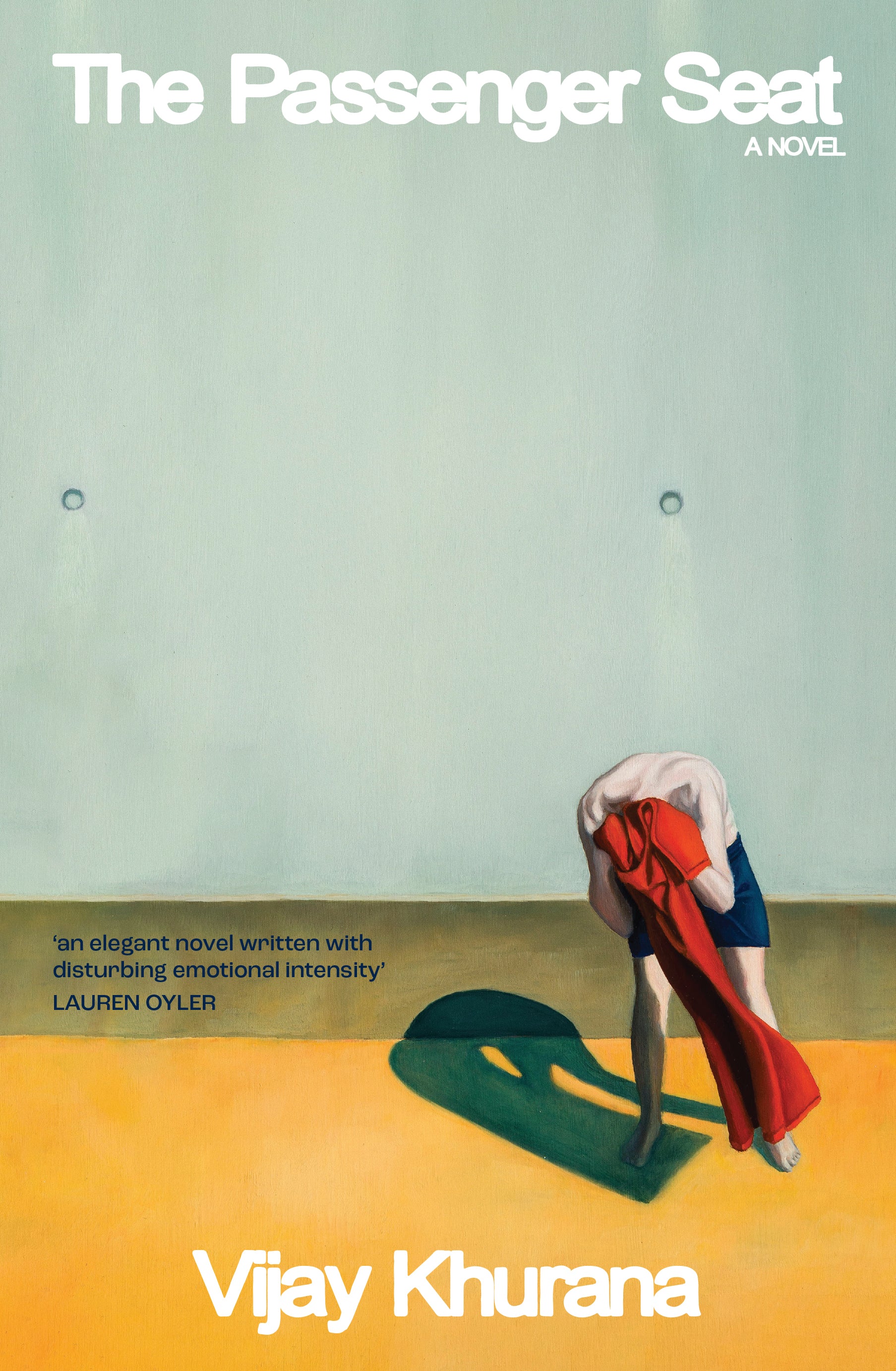

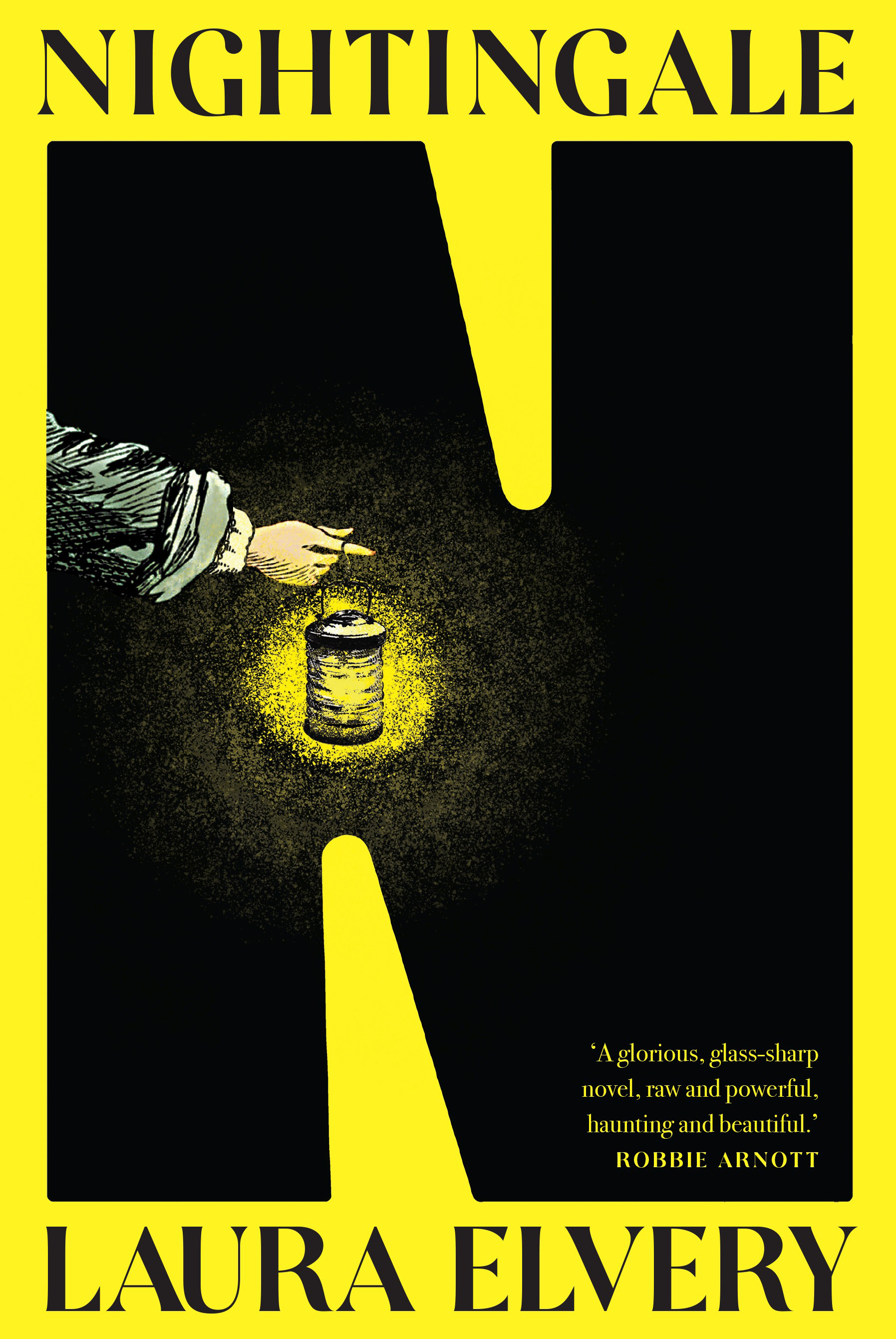
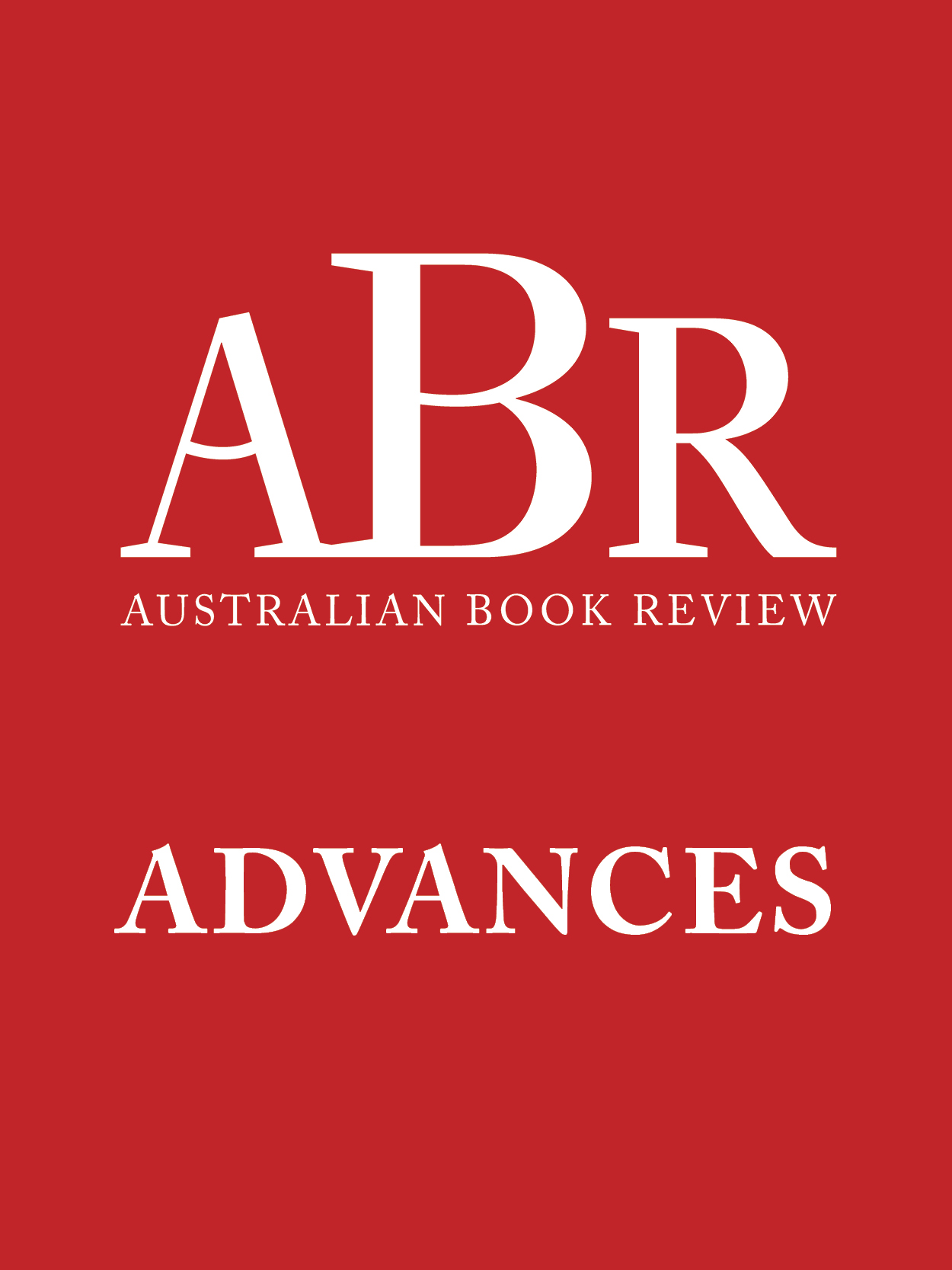
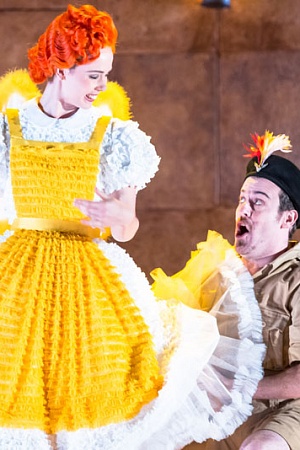
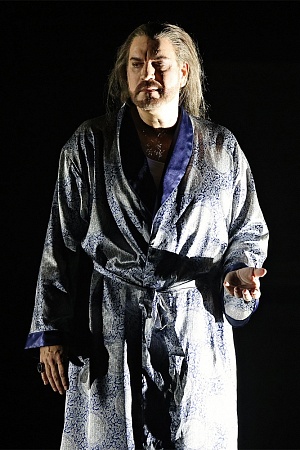
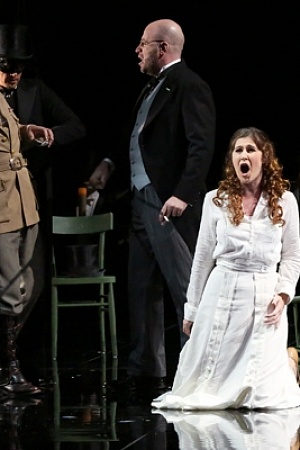
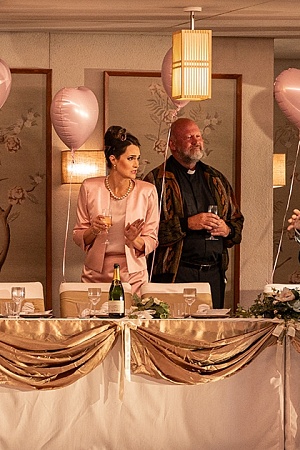
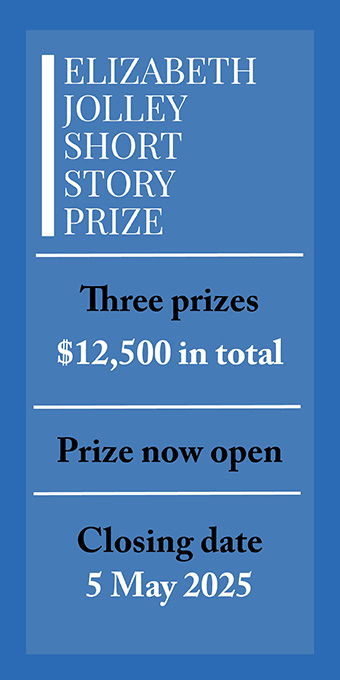
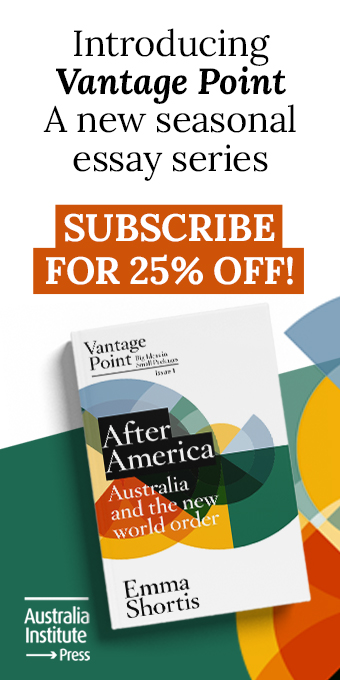
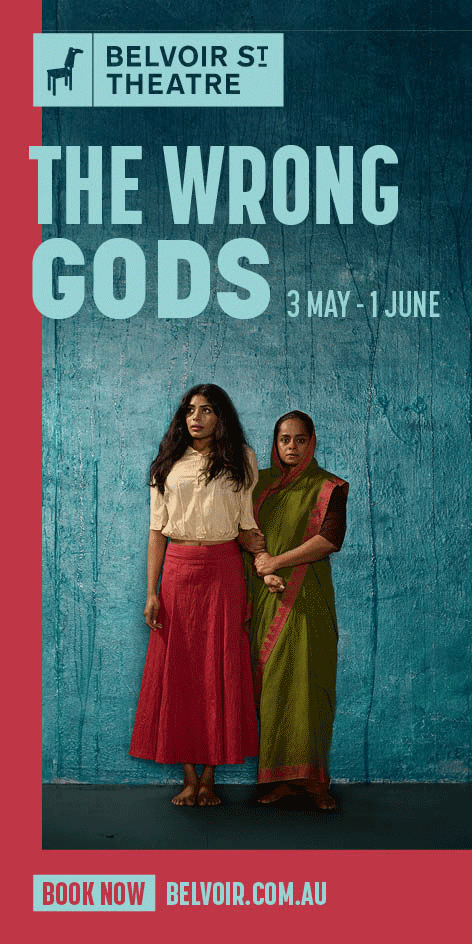
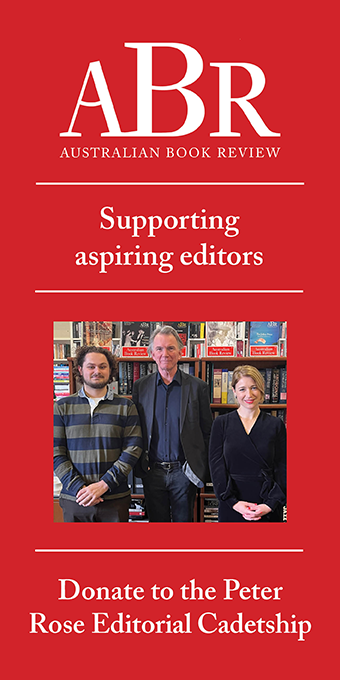
Leave a comment
If you are an ABR subscriber, you will need to sign in to post a comment.
If you have forgotten your sign in details, or if you receive an error message when trying to submit your comment, please email your comment (and the name of the article to which it relates) to ABR Comments. We will review your comment and, subject to approval, we will post it under your name.
Please note that all comments must be approved by ABR and comply with our Terms & Conditions.